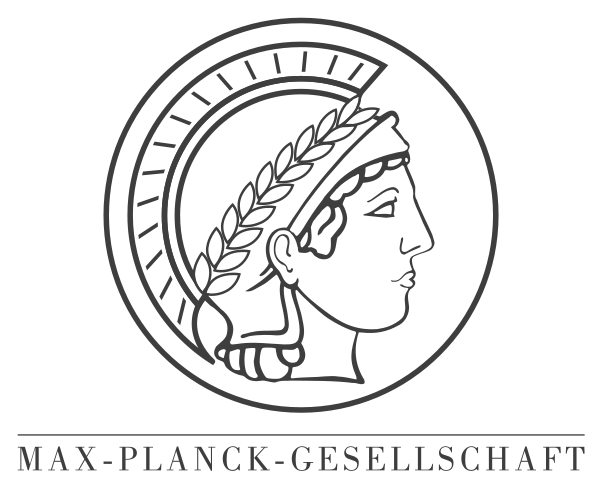Used by scientists from:






Featured rated publications:
-
P. Grouchy, & G. D'Eleuterio. (2014)In Artificial Life 14: Proceedings of the Fourteenth International Conference on the Synthesis and Simulation of Living Systems (p. 681–688)Presented at the Artificial Life 14: International Conference on the Synthesis and Simulation of Living Systems, The MIT Press.